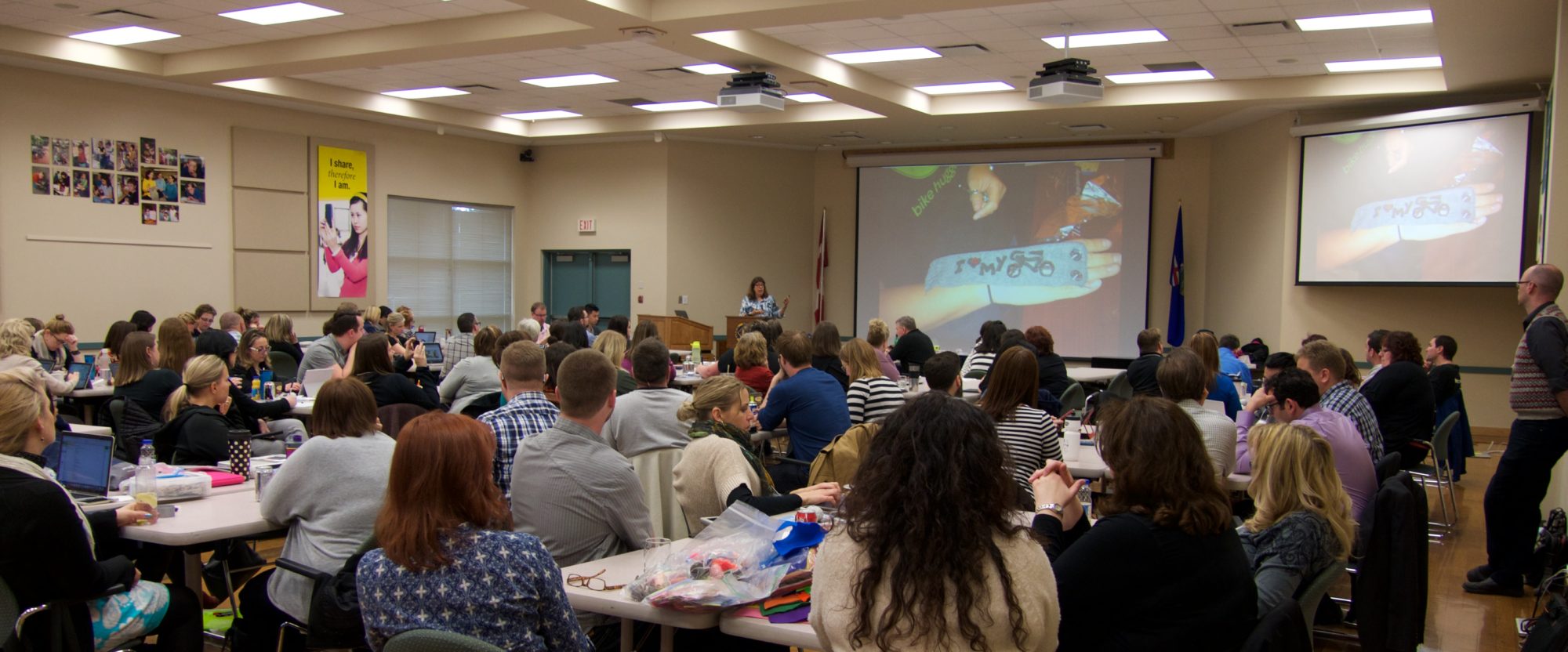The other day I blogged about “Gizmo High” – a teacher’s opinion piece of how technology was forced on his school to the detriment of learning. As I read some of the reaction to the story and to my blog, I realized that I wasn’t clear about what the point of my post was. I “buried the lead” as they warn beginning journalists not to do. In fact, I buried it so deep it was completely missing.
So here’s my point. Forcing technology on a school won’t work and will likely result in resistance and resentment. To match that mistake, teachers, the community, and even students can resist change simply because it’s different. There are so many ways for technology integration to go wrong, and this story simply illustrated one of them.
So where’s the magic balance? What’s the secret of success? I thought a lot about it and have a theory to throw out here in the form of a chart.

- The horizontal axis represents collaboration and goes from the most authoritarian system (one person or group has complete say in what happens) to maximum consensus.
- The vertical axis represents control – by which I mean steering towards a vision, sort of like having a rudder. It goes from the bottom, where there is absolutely no vision about what to do to the top where someone (or a group) has a perfectly formed vision of the future.
I’ve labeled the quadrants with what I think happens with these combinations.
- Resistance, resentment (top left) – this is where Gizmo High falls. Somebody with an extreme vision forced it on everyone else. That vision was something like “the one with the most goodies wins.”
- Successful change (top right) – where everyone would like to be. The perfect storm of a shared, guiding vision and just enough process and consensus building to get everyone on board as it happens.
- Paralysis (bottom right) – When there is so much consensus building going on that nothing of significance ever happens, it means that the vision is missing. The engine is running but there’s no one at the rudder.
- Status quo (bottom left) – There’s not even a vision of change and there are plenty of people who feel passionate about keeping things just as they are.
Successful change is more than just gaining consensus from the participants about “what they want” without first establishing a vision of change. People can’t choose a future they’ve never seen before. Many times I think technology integration is considered successful if the teachers “feel comfortable” with the technology. Often this means that they are using technology to do the same old things with new gizmos.
So where does the vision look like? I can’t tell you — that’s exactly the point. My solution wouldn’t work for you, because that’s just a recipe for a “Quadrant 1” style Gizmo High disaster. No one can come in and tell you what your vision of the future should be; you can’t follow someone else’s dream.
But you can stand on the shoulders of giants. One place I find my inspiration is by reading great thinkers about education like Dr. Seymour Papert. He painted a picture in the very early days of computers of how students could program computers, instead of computers programming children. He worked to create a programming language for children that would directly connect to math in a natural way. This language is still in use in schools around the world today and is the backbone of new ones like MicroWorlds and Scratch. His constructivist theories of how students learn are the basis of the One Laptop Per Child Initiative.
But don’t take my word for it. Read him, read others, and find your own.
Sylvia
